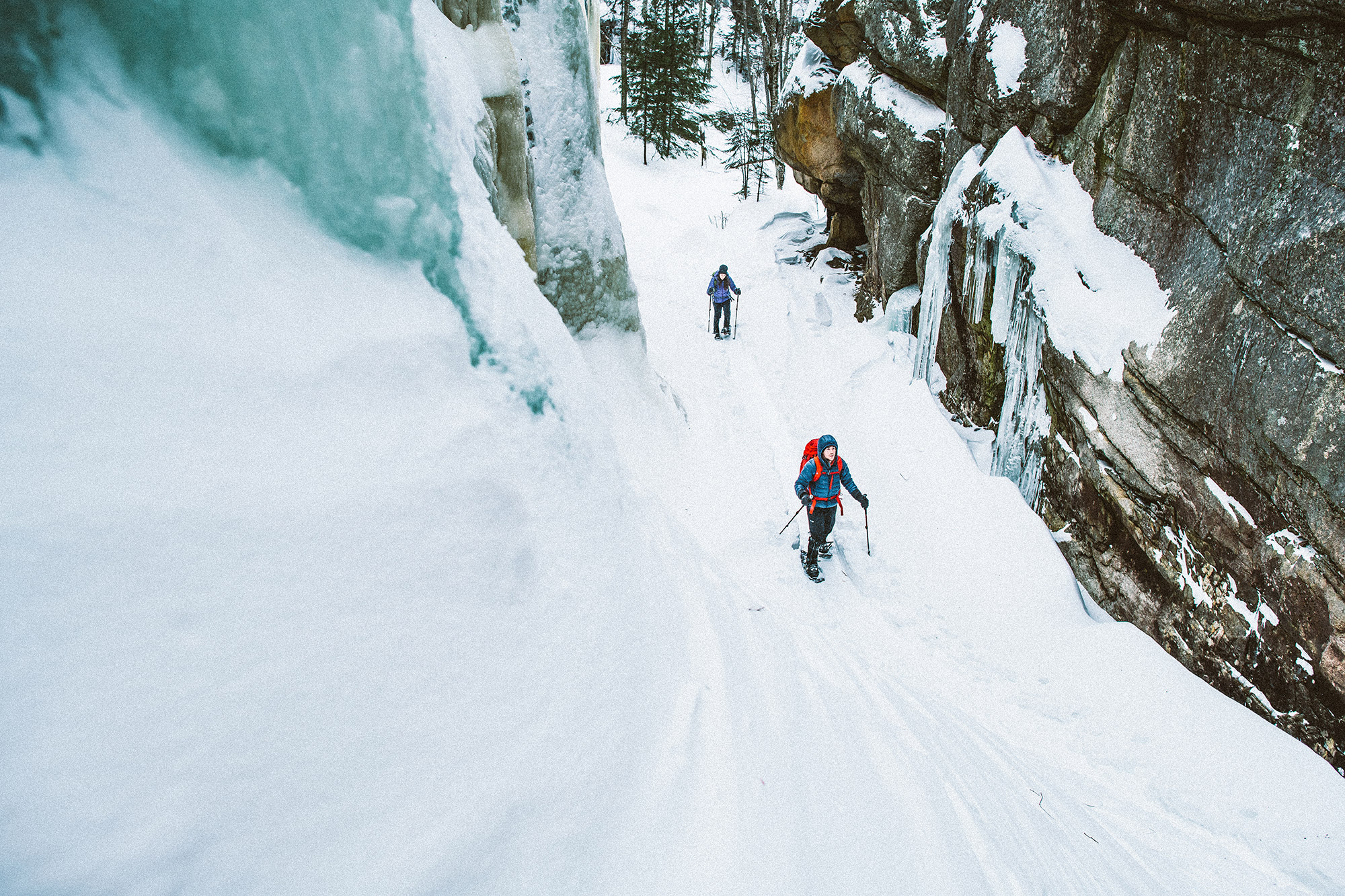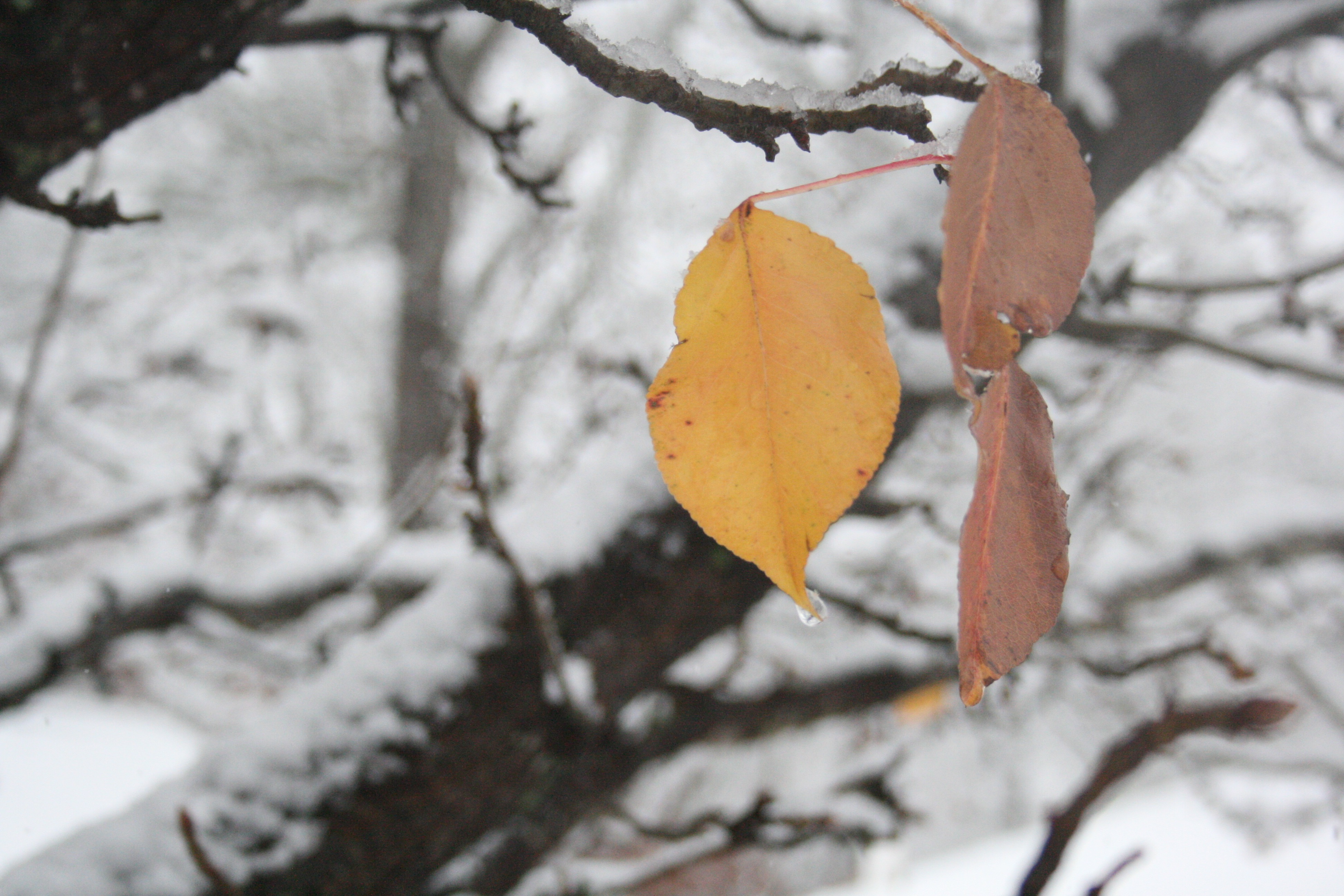You want to preserve the memories of your snowy wintertime outdoor adventures, but taking photos in the snow is hard. Sound familiar? The freezing temperatures make your fingers too numb to press the shutter button. The blinding sun reflects off the snow and into your photos. The beautiful snowflakes are moving so fast, you just can’t seem to capture them. Whether you have a DSLR with all the trimmings or a simple smartphone camera, snow photography is no walk in the park. But, if you want to take great pictures, so you can remember your time in this winter wonderland all summer, these eight tips will help you do it.
1. Keep your camera cold
If you’re out in the elements with an expensive camera, your first instinct might be to keep it warm under your coat, but this is actually a bad idea. In warmer environments, condensation may gather on your camera, fogging up the lens to the point it’s impossible to take a good picture until the moisture has cleared. Keeping your camera the same temperature as the outside air ensures it won’t form condensation when you pull it out.

2. Use manual mode
Often, a camera or iPhone will look at a snowy scene and automatically dial the exposure down. As a result, the snow comes out gray. As a solution, consider using manual mode and then slightly overexposing your photo. Expose for whatever you want to highlight (trees, a person, etc.). If you’re on an iPhone, change the exposure by simply tapping the screen on top of the object you want to expose, and then, you can tap and hold to lock the exposure.
3. Take advantage of shadows and silhouettes
In wintertime, the sun is lower in the sky, and thus creates longer shadows. These winter shadows may add a unique touch to a photo that otherwise would have been drab. As well, don’t be afraid to take several shots, experimenting with the sun’s placement and how you can best use the shadows. Try using the shadows to create leading lines. For an example, maybe tree shadows can “point” to the person who’s the subject of your photo, creating an interesting effect.

4. Use color
If all you can see is white snow, find something colorful to help your photo pop. This could be a person wearing a bright red jacket, a blue sky, or non-snow-covered trees—anything nearby that will add some variation into the frame.
5. Invest in fingerless gloves
Shooting in the snow can be dangerously cold, but if you’re trying to press buttons on your iPhone, you’ll need bare fingertips. Purchase some touchscreen-compatible or fingerless gloves, so you can work your iPhone camera while staying warm.
6. Watch out for footprints
There’s nothing worse than getting your settings just right, snapping some beautiful photos of a snowy scene, and only then realizing the photo is full of footprints. Stand in one place as you think about from where you want to shoot, and then, carefully choose your route to that place. Watch out for your shadow, too.

7. Use a lens hood
In the winter, photos often end up with a flare from the sun, because the snow is so reflective. As a solution, use a lens hood to shield your lens. For another benefit, it helps keep the snow off your lens.
8. Move around
Photographing your young hiking buddy? Getting low to the ground to shoot at a kid’s eye level will create a much better photo. Likewise, getting up high on a log or hill helps you capture every bit of a big, snowy meadow. This can also help you find something else to add to the photo, such as distant trees, so the picture includes something other than just white.
Hailey Hudson
Hailey Hudson is a full-time freelance writer based out of the north Georgia mountains. She enjoys reading, tap dancing, and snuggling with her beagle puppy, Sophie. Due to some medical problems, Hailey can't hike and travel as much as she used to, but she still loves being outdoors and exploring new places.
Related Posts
April 2, 2024
10 Tips for Mountain Biking Etiquette During Mud Season
One rough spring could ruin the…




